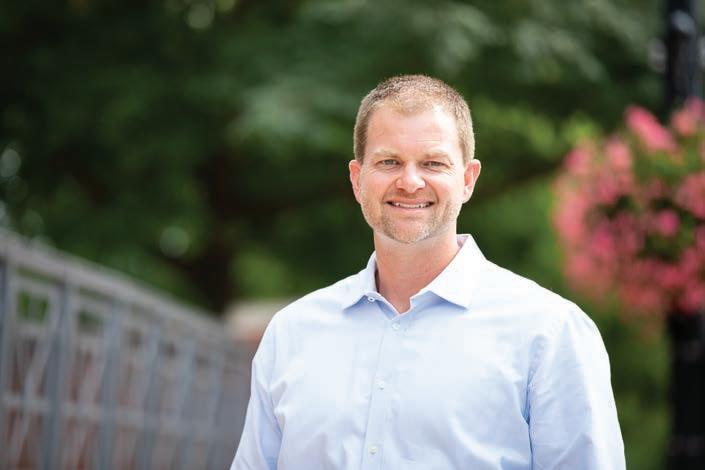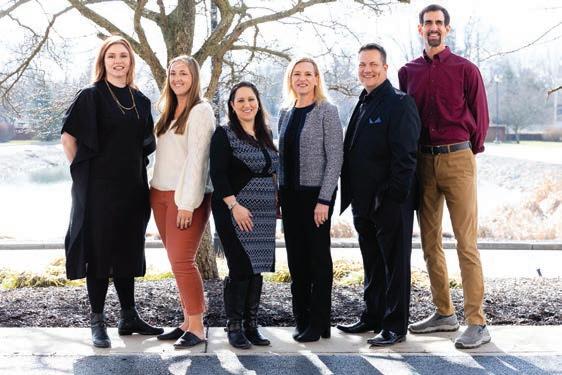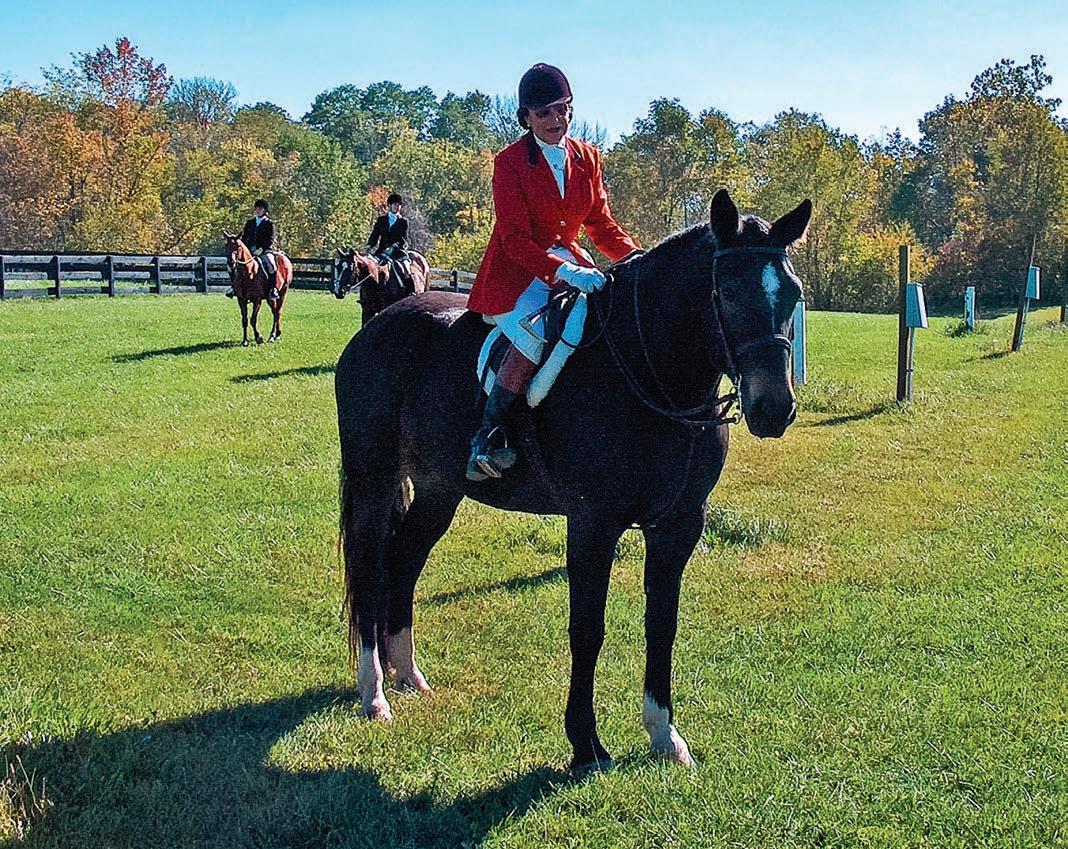
5 minute read
Wild Air Development Poised
To Embrace Legacy & Community
Writer
Advertisement
Last month, the Zionsville Town Council voted 6-0 to rezone the Wild Air development property from a Rural R-2 classification to a planned unit development. Located at the intersection of Marysville Road and West Oak Street, the 260-acre farm was formerly the home of the late Mrs. Elizabeth “Liz” Johnson.
We spoke with Justin Moffett, CEO of Old Town Companies, about the proposed development and how Old Town Companies plans to honor the legacy of the late matriarch and her family’s contributions to the town and equestrian community while providing opportunities for additional housing and public amenities that will benefit the entire Zionsville community. The proposed mixed-use development will in- clude miles of interconnecting trails and a community park created by preserving 30 acres of woodlands. Additionally, Wild Air will have retail, a community clubhouse, a swimming pool, senior living cottages, independent living for adults with developmental/intellectual disabilities through ILADD’s Crossbridge Point residential community, a senior living facility, single-family homes, townhomes, and multifamily units. There is also a 10acre civic parcel marked on the site plan.
Preserving The Johnson Family Legacy
The Johnson family has been committed to and active in the Zionsville community for many generations. They founded the prestigious Traders Point Charity Horse Show that was held annually at Wild Air Farm, the Johnson’s south farm that is south of Oak Street [Hunt Club Road and Kissell Road]. The Johnsons have also hosted a variety of other philanthropic events that have benefited local area organizations over many decades.
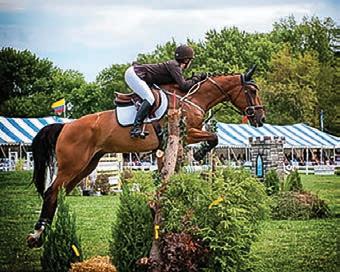
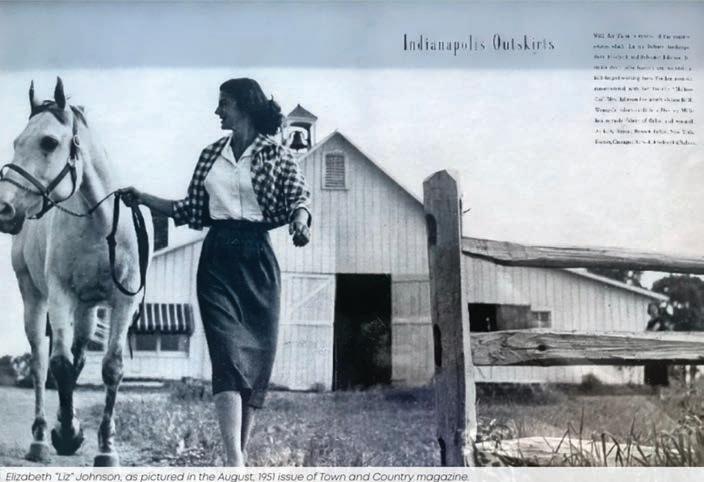
As part of Old Town’s visioning process, the master plan addresses the stewardship of the property with the aim to create a special community that upholds the family legacy while remaining deeply rooted in the land.
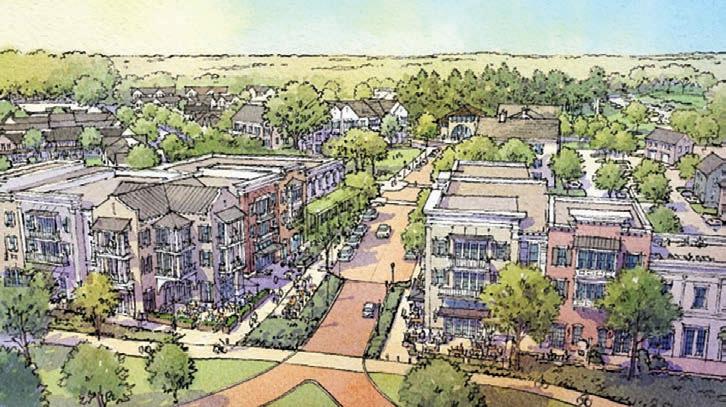
Some of the development team’s “guiding principles” include woodland preservation, natural connections and balancing
Moffett spoke about how his company was selected by the Johnson family to be the developer for this unique and rather special property.
“This was an RFP process, and that’s not an unheard-of process for property of this magnitude,” Moffett said. “They [the Johnsons] sent us the RFP packet, and we reviewed it. I sensed they were very focused on their family’s legacy in the community. In our early conversations, I could tell that their hearts are really in this. This is a transition for them, and it’s more about stewardship than management of this family asset. This is what compelled me to get involved. I feel like this is Old Town’s sweet spot — residentially focused placemaking initiatives that are transformative and raise the bar on community development.”
Gathering Community Input And Providing Solutions
Moffett shared that a week-long charrette was held in October 2022, during which the master planning team collaborated to test opportunities and gather community leaders’ and members’ insights — a process that Moffett said brought him pride in his team for their diligence throughout. As part of the internal and external dialogues that took place in the latter part of 2022, Moffett and his team identified two populations in Zionsville that are currently underserved, and as a result, the site plan includes areas dedicated to senior citizens and adults with intellectual and/ or developmental disabilities.
“It’s been part of our internal dialogue, when we have large-scale developments, to identify opportunities for us to serve our marginalized neighbors,” Moffett stated. “It’s become a corporate strategy for us — how do we serve our neighbors well and not just build houses for people in the community? The underserved populations are further marginalized when we [as a broader community] create housing for them that’s usually isolated. Here [at Wild Air], we are providing obtainable housing that will be integrated so that they can have an integrated life. So, a great partner for us to have is ILADD, Inc. [Independent Living for Adults with Developmental/ Intellectual Disabilities]. We’re donating these [designated] lots for these cottage houses, so it’s effectively a [multi-million dollar] contribution to ILADD.”
Moffett continued, “We know that we have a growing senior population. The ‘Boomers’ are retiring and would like housing alternatives in their hometowns, and most options don’t exist in Zionsville. We have two senior-targeted components. One component will be ranches and cottages, 55 and older and low maintenance, where the HOA [homeowners association] will be responsible for lawn maintenance and exterior home maintenance.”
The second component will be a senior living facility that will, ideally, have memory care as well as assisted and independent living that Moffett shared would have approximately 200 rooms. An operator for this facility had not yet been identified at the time of publication.
“Additionally, our goal is to have a broad range of housing types,” Moffett said. “Because of the quality of what we’re proposing to build, I don’t think you’ll see anything starting below $500,000 other than the obtainable units. We will have townhouses and varying single-family lots, and we’ll have a section on the west side of Marysville Road that will be allocated for high-end luxury homes with similar lot sizes to what you’d see in Holliday Farms.”
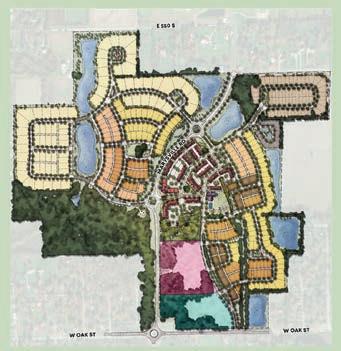
When asked about the construction start timetable, Moffett replied, “We are now diving into construction drawings, and we’re already a full year into [the proj ect timeline]. We want to put shovels in the ground in the spring of 2024. We have a full year of site work because it’s such a large-scale site, so I’d say it’s two years before you will see the first move-in.”
GETTING THE TOWN LEADERSHIP’S “BUY IN”
We spoke with Town of Zionsville Community & Economic Development Senior Planner Roger Kilmer about the input that was presented before the Plan Commission that resulted in its [4-2] favorable recommendation of the Wild Air development plans before the Town Council’s unanimous vote.
“There were some remonstrators that spoke and raised questions that focused on traffic, specifically on Oak Street, and how a development of this size was going to impact the performance of Oak Street and other surrounding streets,” Kilmer stated. “After [thoughtful] discussion, the Plan Commission voted four to two, being favorable for forwarding the rezoning request to the town council. There were some concerns about the introduction of multifamily living, retail, and other uses within this PUD [planned unit development]. If someone just purely focuses on the comprehensive plan, it calls for only residential in this area. The comprehensive plan is not an ordinance. Where an ordinance is a law and has to be adhered to, a comprehensive plan is a guide for development that hopefully works in concert with the ordinances.”
Kilmer added, “We try to look at any project from as many different perspec- benefit and where the challenges lie. When we talk about rezoning, we sharpen the focus a little bit more, and the spotlight becomes a little more intense. Rezoning is changing what has been planned for in an area to something new, and we look at: How does this new piece of the puzzle fit into the context that’s already there? I think it’s a well-thoughtout development. I know Old Town reached out extensively to neighbors and town leaders and asked what they would like to see out here and how they would like it done. They did their best to meet that as best as they could.”
Upon the Zionsville Town Council’s decision to approve the rezoning of the Johnson’s former homestead property, we asked Town Council President Jason Plunkett to share his thoughts on what compelled the council to support the rezoning request unanimously.
“The [Wild Air] development checks a lot of boxes for strategic and appropriate development,” Plunkett stated. “As Old Town mentioned [at the council meeting], it fulfills a lot of needs for the town. Old Town’s engagement process — which began in October of last year — laid out the area, and as they continued to overlay different ideas, they continued to engage town leadership, council, staff and members of the community. This is a really good example of development listening to the community and to the needs of the community before coming before the Plan Commission or the council for any type of approval.”
